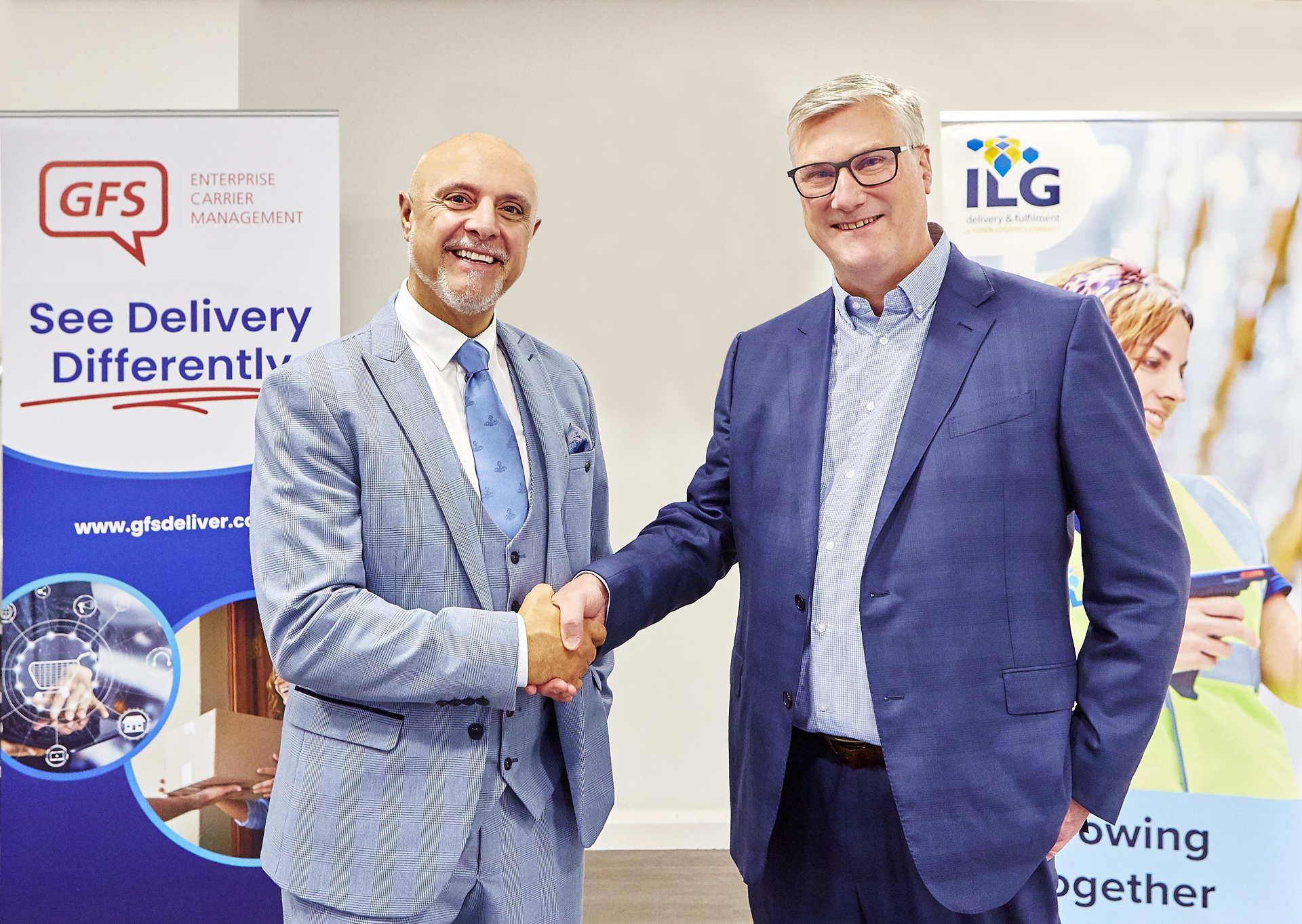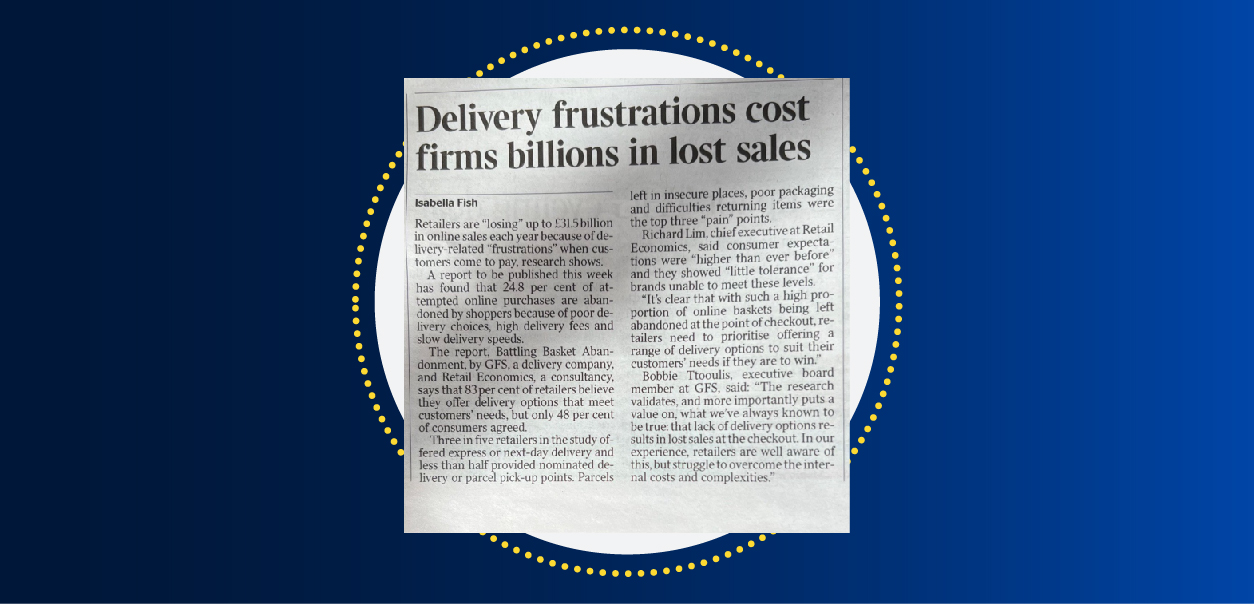
By Bobbie Ttooulis
The eCommerce industry continues to grow, and it is estimated that in 5-10 years consumers online shopping will surpass shopping in stores. The current pandemic has only accelerated this trend and just as online spending is growing faster and bigger, so too are the demands and expectations of the digital consumer.
When competing in the online space, meeting those expectations is important to ensure that you don’t lose customers to direct competitors offering a better experience. This applies to the entire customer journey – not just the online shopping experience on your website, but the final mile of delivery and returns. Ignoring the last mile delivery experience could drastically affect your eCommerce brand, from stopping a sale in its tracks to reducing the chance of a repeat purchase.
The Link Between The Last Mile and Sales
The very nature of online shopping means that customers who do so are expecting convenience, choice and smooth online experience. The convenience of being able to buy with just a few clicks needs to carry over to a delivery experience that’s just as convenient. Customers want the flexibility to decide how they will receive their parcel so they can choose a delivery that offers minimal disruption to their daily routine. This includes Click and Collect locations, day/time selection and different price points. How important are these options? According to IMRG, 45% of customers will abandon a purchase if there is a lack of convenient delivery option and 95% of consumers will shop elsewhere if delivery options don’t suit their needs. Ensuring that you can give your customers the flexibility over their final mile experience can be the difference between a sale, or the customers going to a competitor.
Once you secure a sale, the final mile delivery experience continues to be important for customer loyalty. 70% of consumers consider all types of pre-delivery notifications important according to IMRG and want to be able to track their parcel in real-time. Constant communication, including warning them of any delays that may occur, is essential for a customer feeling they have had a good experience even if things don’t arrive exactly when they want it to.
Don’t Overlook the Importance of Returns.
Many retailers focus on outbound delivery when assessing customer experience. However, the seamless customer journey needs to involve returns too. 78% of consumers consider the quality of a returns service when choosing where to shop, and 85% of consumers have a preference of how they would like to make a return*. A simple and easy returns process, with options for convenient ways to return, is just as important as delivery to customer loyalty.
The need for consistent communication applies to returns too, with 80% wanting confirmation that their returns parcel has been received according to IMRG. This ensures more transparency on the process and when to expect the refund. Communication is not only good for the consumer, but it’s also good for businesses. Managing the expectations of the customers means you cut down on customer enquiries asking for updates on their delivery or returns.
Beware of Negative Reviews
With the delivery and returns experience so important for customers, a bad experience not only affects that customers likelihood of buying again, but also the opinion of other customers. Customers are more likely to leave a review if they have a bad experience, and these negative reviews are bad for business. This is especially true when selling on marketplaces, where customers can directly compare reviews on products to your competitors. Get the final mile experience right, and you will increase the chance of returning and new clients.
Solving The Final Mile Issues
To meet customer expectation, retailers need to look beyond working with just one carrier to offer different delivery services at competitive rates. Working with multiple carriers means you can give your customers the best delivery experience, encourage customer loyalty and grow your sales. Numerous carriers can give you options of cost and services, and retailers can move their consignments between carriers based on their capacity to ensure delivery remains quick. However, this adds an additional layer to their logistic strategy. Managing multiple carriers means multiple contracts, pick up times and costs to consider.
Working with a multi-carrier service provider means you can get all the benefits of a multi-carrier experience, without the extra pressure on your team. You can benefit from their delivery and returns experts to ensure you can give your customers a seamless final mile experience, improve customer loyalty and increase sales.
Originally appeared on allthingssupplychain.com
*IMRG Data Report – UK Consumer Home Delivery Review 2019/20










